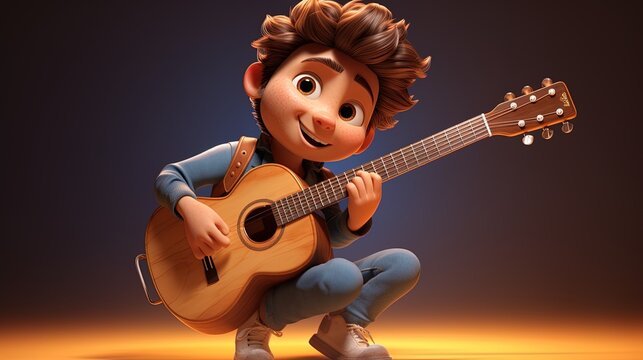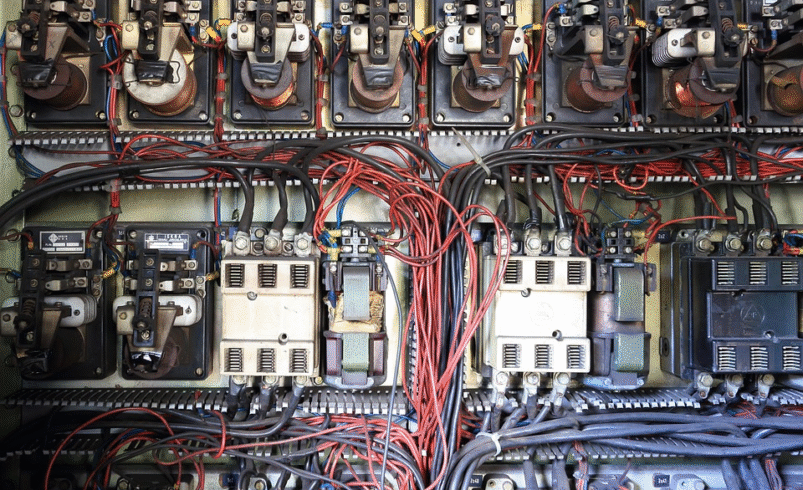The Art of Making Cartoon Characters Sound Like Anything But People

The voice that emerges from a towering dragon or a mischievous woodland sprite doesn’t happen by accident—it’s the product of meticulous craft, technical wizardry, and an almost alchemical understanding of how sound shapes personality. Behind every memorable animated character lies a sound designer who has become part actor, part engineer, and part magician, transforming raw human vocalizations into something entirely otherworldly yet undeniably alive.
The foundation of character voice creation begins with understanding the relationship between physiology and sound production. A massive ogre can’t simply sound like a regular person speaking loudly; their voice must reflect their enormous lung capacity, broader vocal tract, and different bone structure. Sound designers start by considering how a creature’s imagined anatomy would actually produce sound—would a bird-like creature have a syrinx instead of vocal cords, creating more melodic, whistle-like qualities? Would an underwater dweller’s voice carry the resonant properties of sound traveling through liquid? These biological considerations inform every technical decision that follows.
Layering represents one of the most powerful tools in a sound designer’s arsenal. Rather than relying on a single voice actor to create an entirely alien sound, designers often combine multiple vocal sources to build complexity. A dragon’s roar might begin with a human actor’s growl, layered with a lion’s roar recorded at a zoo, the rumble of distant thunder, and the metallic scrape of steel being dragged across concrete. Each layer contributes specific emotional or physical characteristics—the human element provides intelligence and intention, the animal layer adds primal power, while the environmental sounds create scale and otherworldliness.
Pitch manipulation has evolved far beyond simply speeding up or slowing down recordings. Modern digital tools allow sound designers to independently adjust formants—the resonant frequencies that give voices their distinctive character—without affecting pitch, creating voices that maintain natural speech patterns while sounding completely inhuman. A fairy might speak at normal conversational speed but with formants shifted to suggest a tiny resonating chamber, while maintaining the emotional expressiveness that connects with audiences.
The emotional architecture of a character’s voice requires designers to think like psychologists. Each vocal choice communicates subconscious information about personality, background, and motivation. A villain’s voice might incorporate subtle discord—barely perceptible frequency modulations that create an unsettling feeling without the audience consciously recognizing why. Heroic characters often feature voices with strong fundamental frequencies and clear harmonics, subconsciously suggesting stability and trustworthiness. These decisions happen at frequencies below conscious awareness but profoundly influence how audiences connect with characters.
Texture and timbre become particularly crucial when creating non-human voices. A tree-like character might have voices that incorporate the creaking of wood and the rustle of leaves, woven so seamlessly into their speech that listeners perceive organic authenticity rather than obvious sound effects. Designers often record unusual materials being manipulated—squeaking leather for reptilian characters, or resonant metal bowls for magical beings—then use these recordings as tonal foundations over which more traditional vocal performances are layered.
Environmental processing plays a significant role in establishing a character’s relationship to their world. A ghost’s voice might carry perpetual reverb, suggesting existence in liminal spaces between worlds. Cave-dwelling creatures could have voices that always sound like they’re speaking from within stone chambers, while sky-bound characters might have voices touched by the acoustic signature of vast open spaces and wind. These processing choices help establish not just what a character sounds like, but where they belong in their fictional universe.
The challenge of maintaining consistency across long productions requires sophisticated documentation and reference systems, particularly when dealing with effects that might include everything from dramatic roars to subtle fart sfx for comedic moments. Sound designers create detailed voice bibles that specify not just the technical settings used to create each character’s voice, but also the emotional ranges and vocal patterns that define their personality. These documents ensure that a character sounds identical whether they’re whispering secrets or shouting battle cries.
Technological advancement continues to expand the possibilities for character voice creation. Real-time voice processing allows directors to hear final character voices during recording sessions, enabling more natural performances from voice actors who can respond to how they actually sound rather than imagining the final result. Machine learning algorithms can now analyze successful character voices and suggest combinations of effects that might achieve similar emotional impact, though the creative intuition of experienced sound designers remains irreplaceable.
The cultural impact of memorable animated character voices extends far beyond their original productions. These distinctive vocal signatures become part of our shared cultural vocabulary—instantly recognizable audio DNA that can evoke entire personalities with just a few syllables. The most successful character voices achieve something approaching immortality, transcending their original contexts to become archetypal sounds that influence how future generations imagine entire categories of fictional beings.



